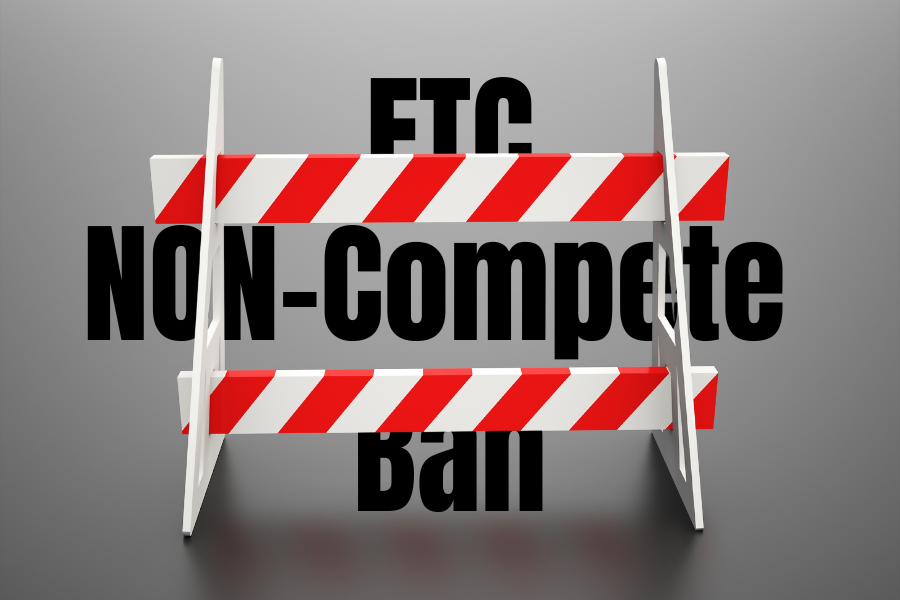By: Mark A. Rysberg
A controlled insurance program (CIP) can be implemented on a construction project to provide project-specific coverage that is directed at managing the risks transferred to third-party insurers.
There are generally two forms of CIPs; those controlled by contractors (CCIPs) and those controlled by project owners (OCIPs). The distinction simply relates to which contracting party sponsors the program and manages the risk transfer. In either scenario, the sponsoring party (i.e. contractor or owner) is responsible for procuring the insurance for the project, paying the premiums, and paying all losses within the deductible. The costs of a CIP program are passed along to down-stream entitles (contractors, subcontractors, of sub-subcontractors) which in turn deduct the cost of procuring their own insurance coverage from their bids.
These programs can create a more efficient insurance program for a specific project, reduce or eliminate potential claim disputes among the contracting parties, and provide greater control to owners and contractors. In any event, implementation of a CIP should be evaluated during the initial stages of project development so that a sponsoring owner or contractor can coordinate these endeavors with their attorneys and insurance agents.










